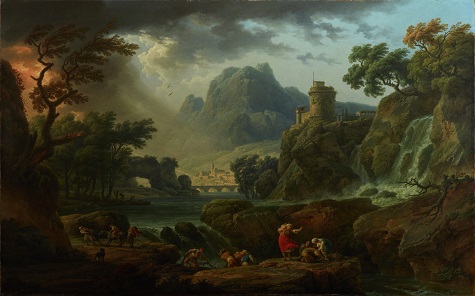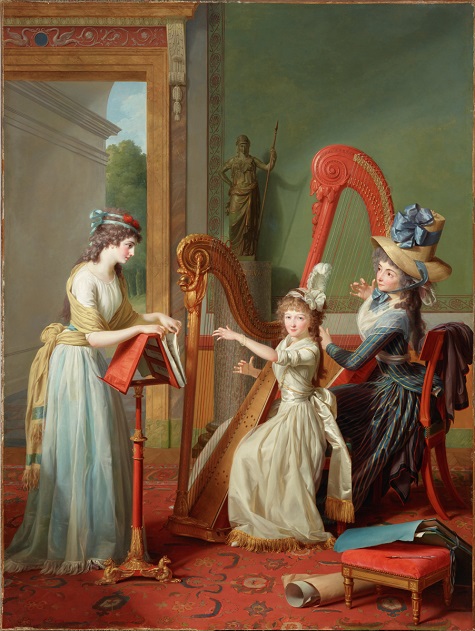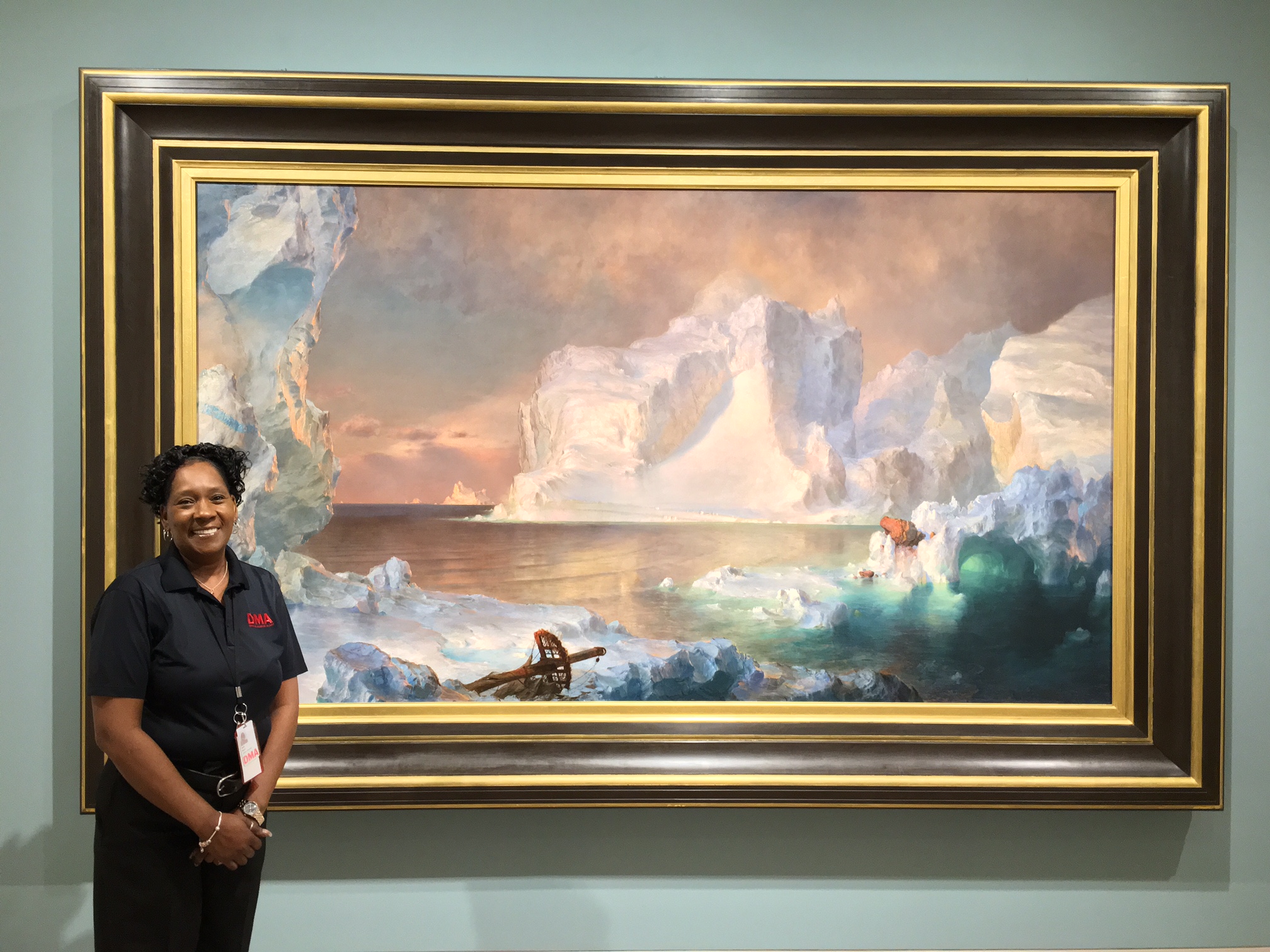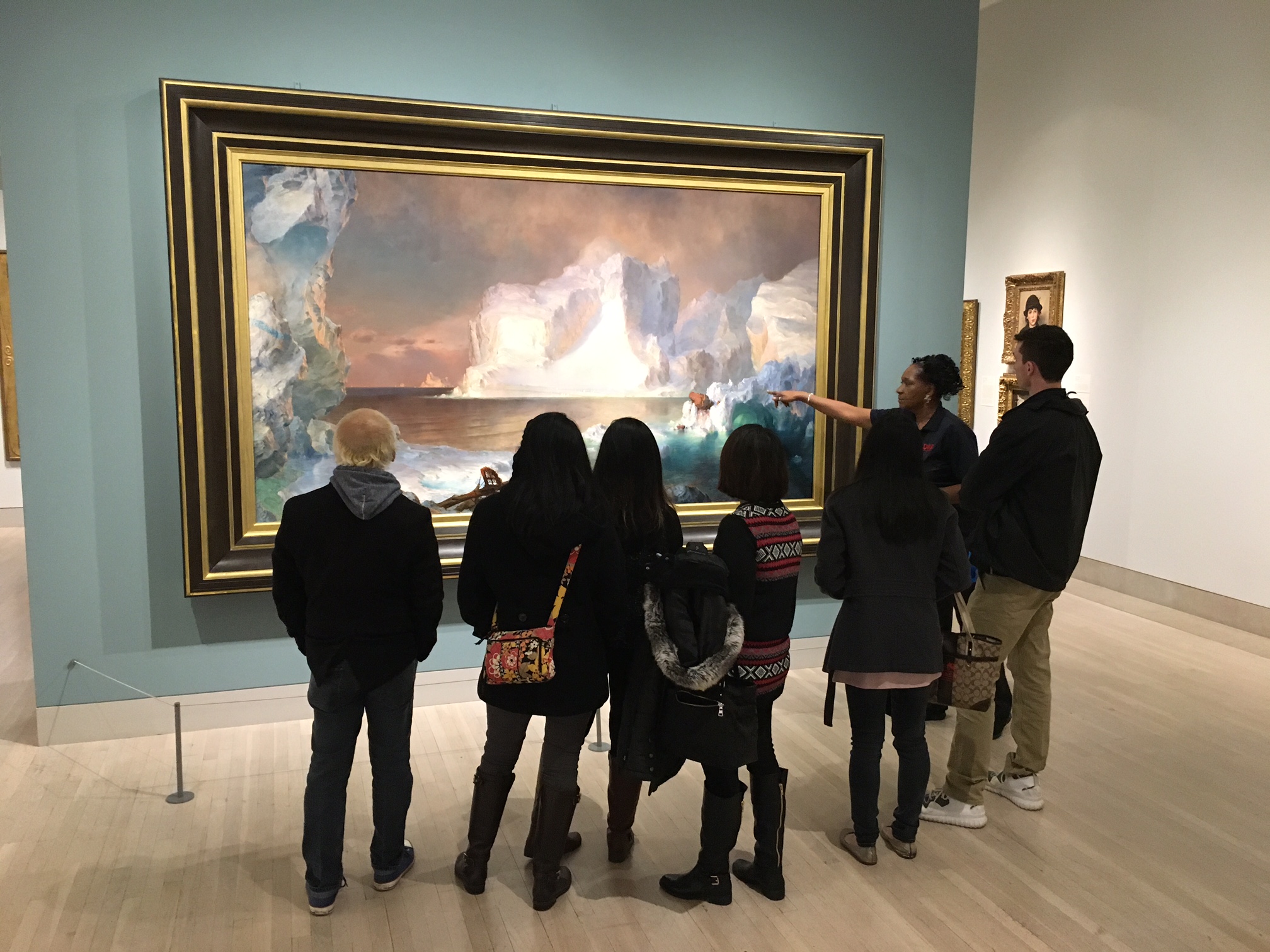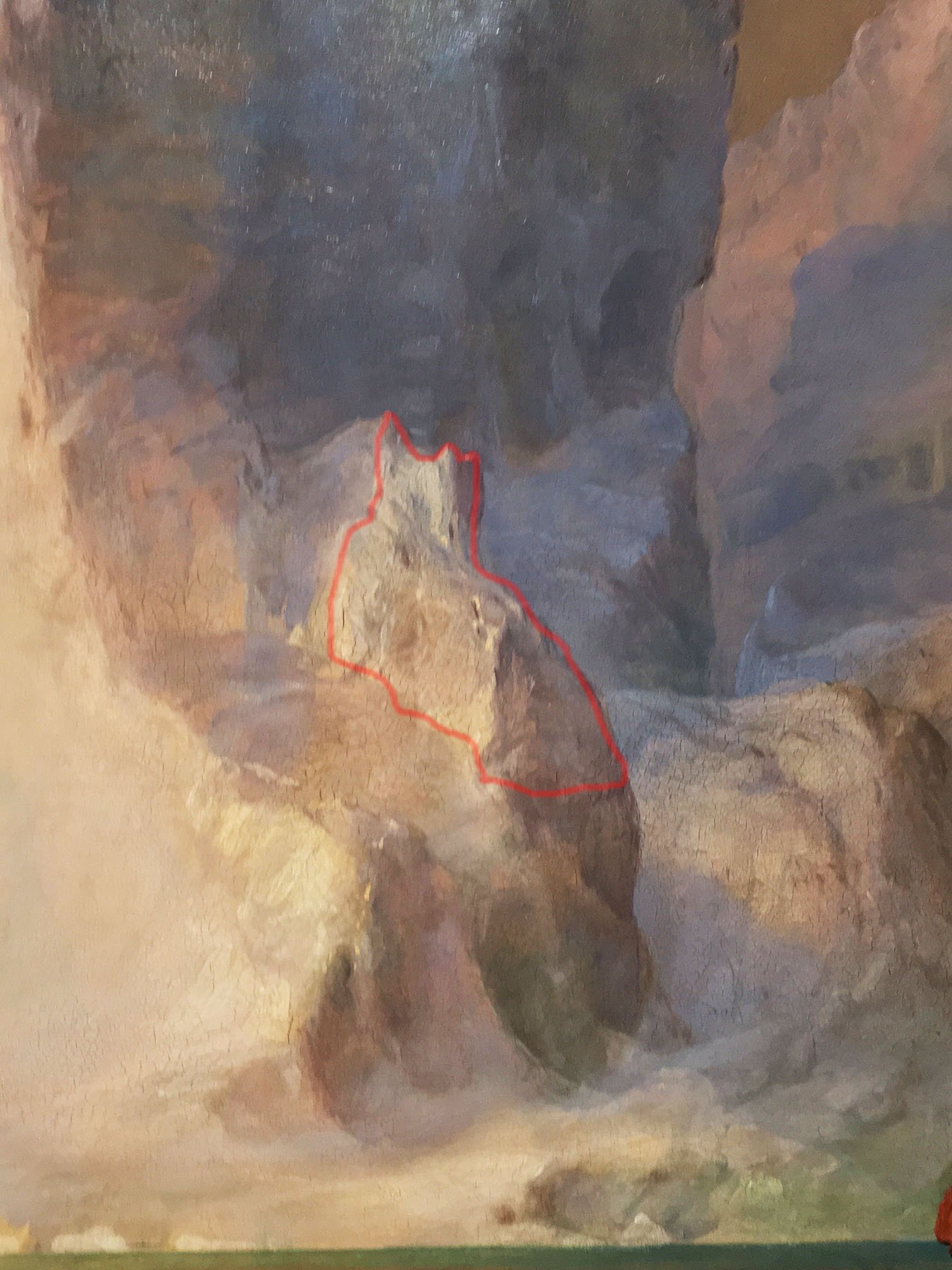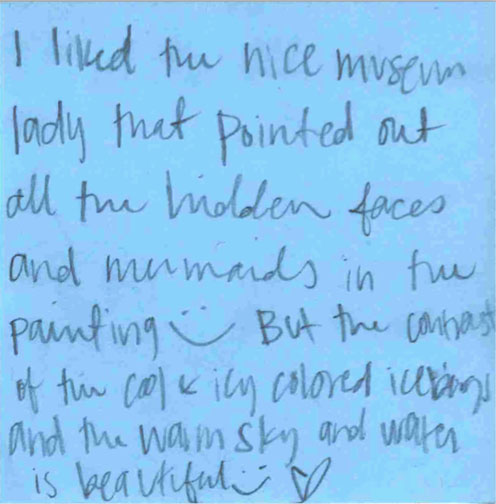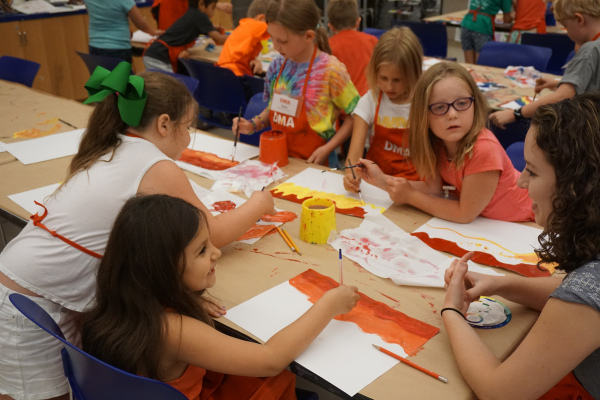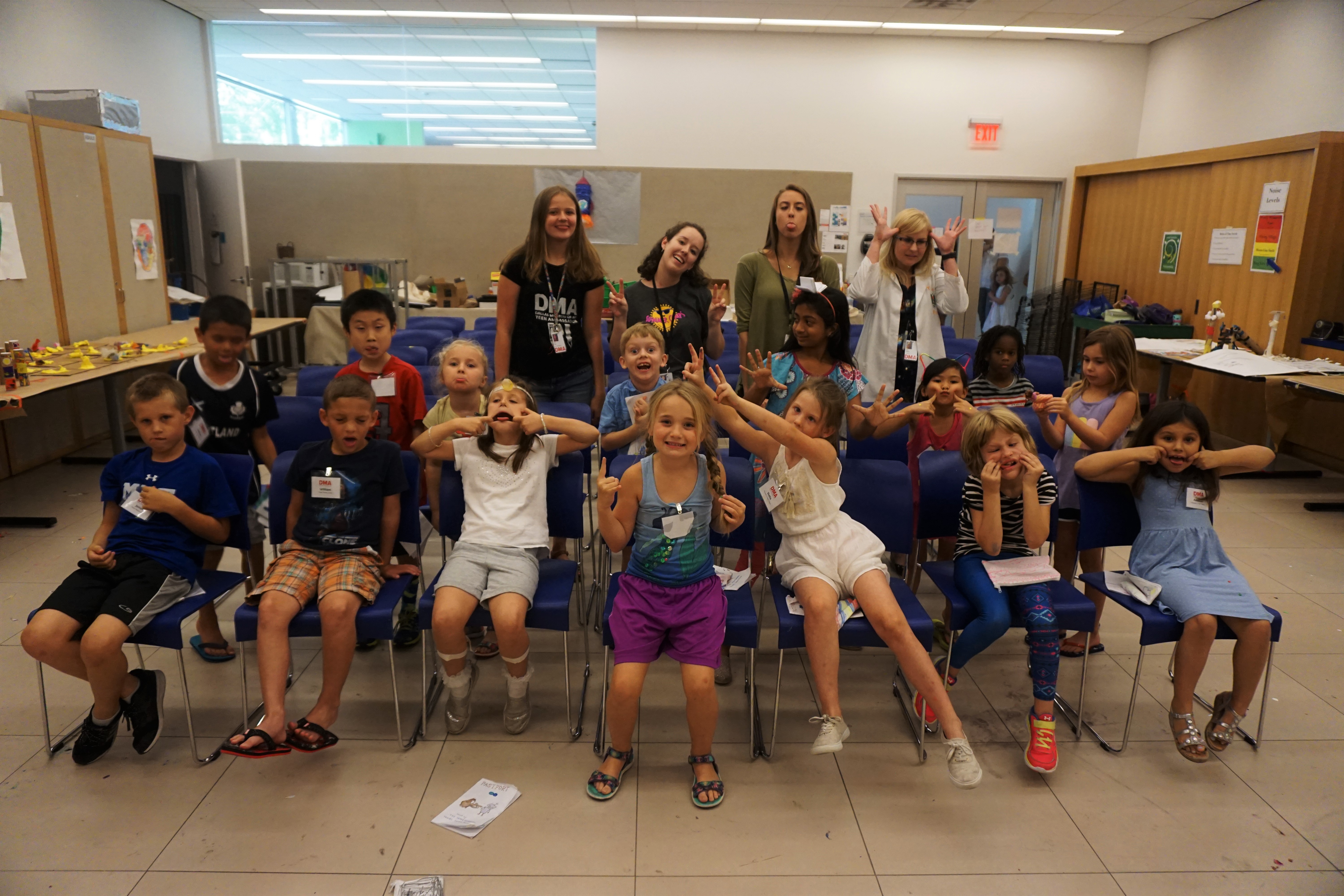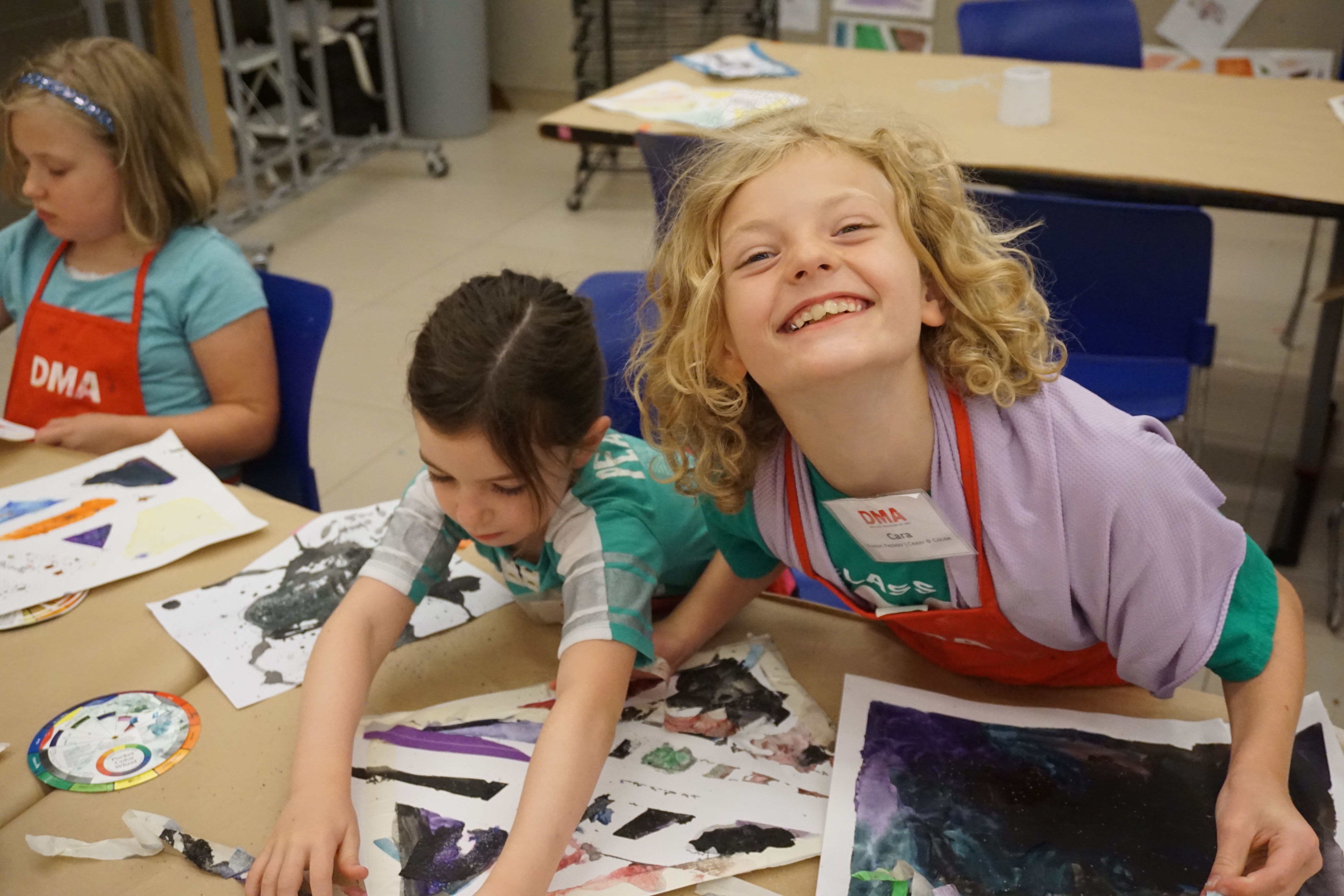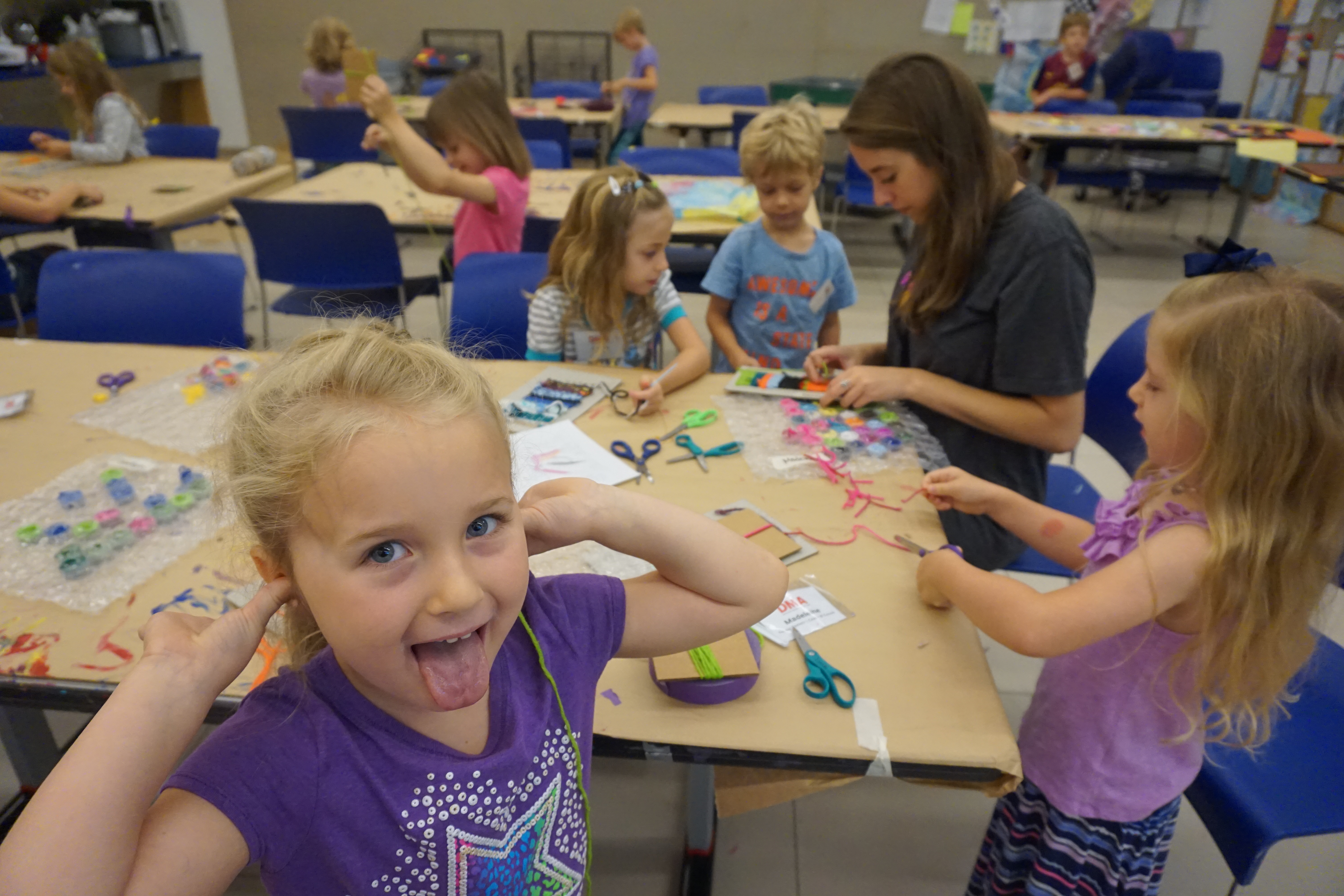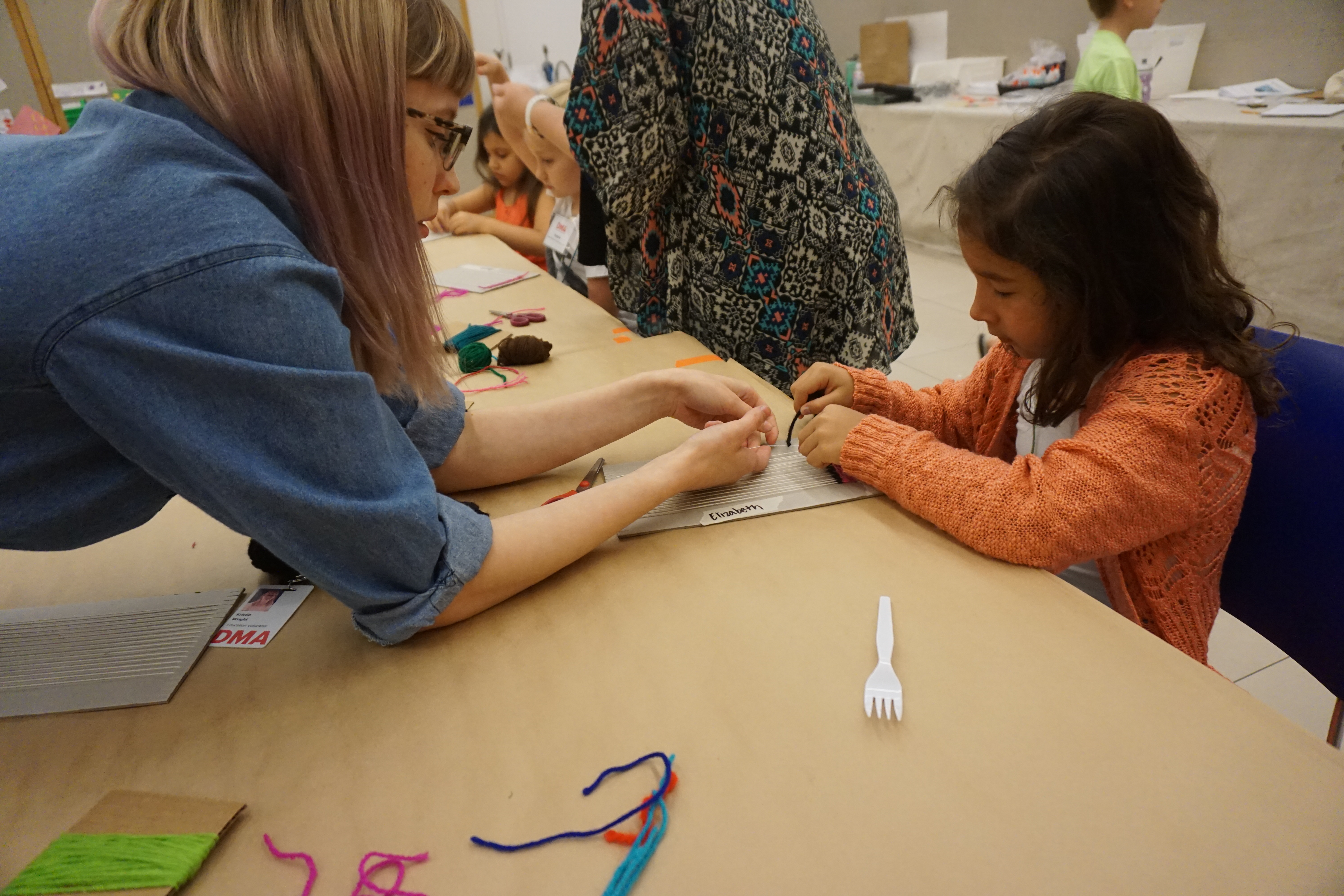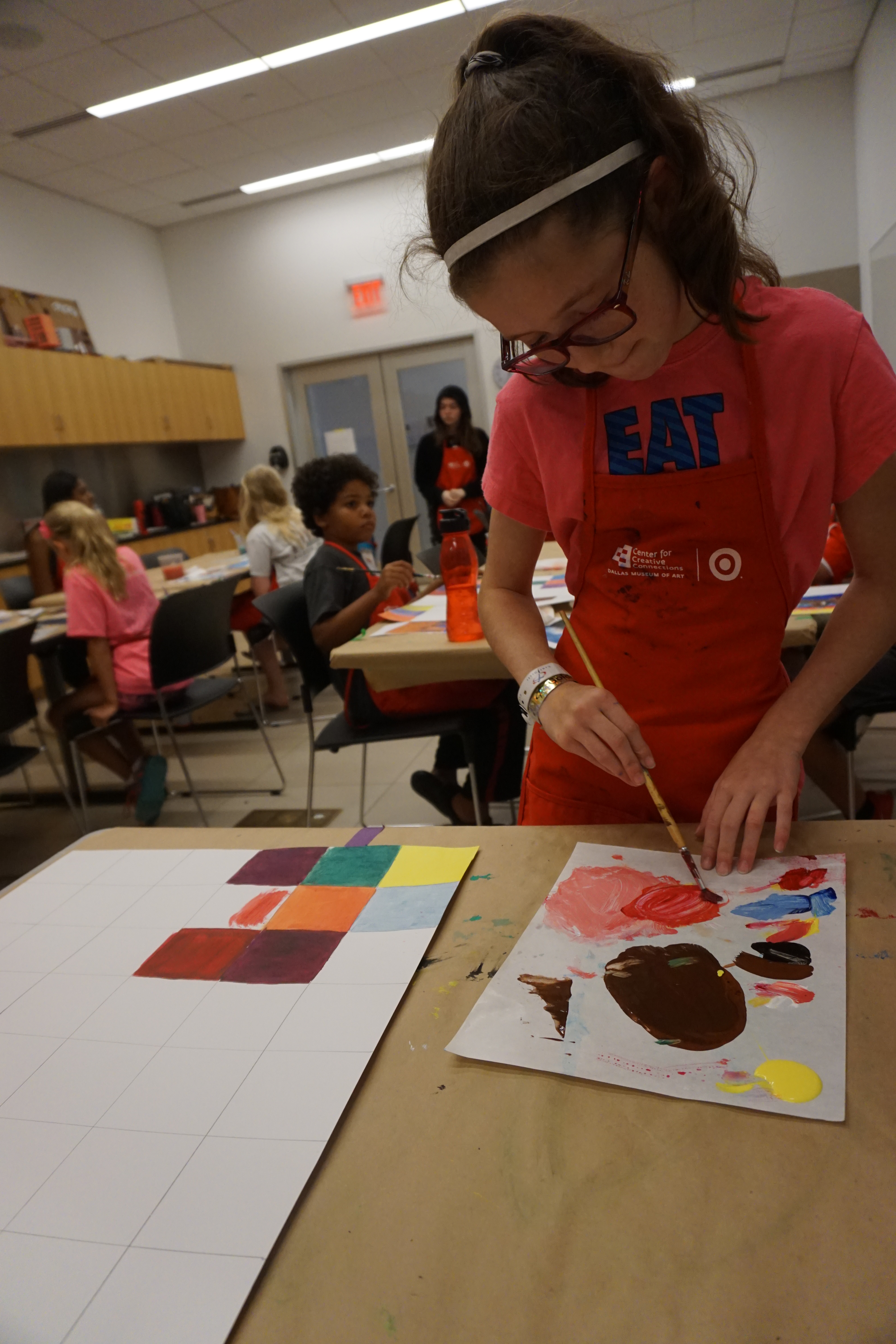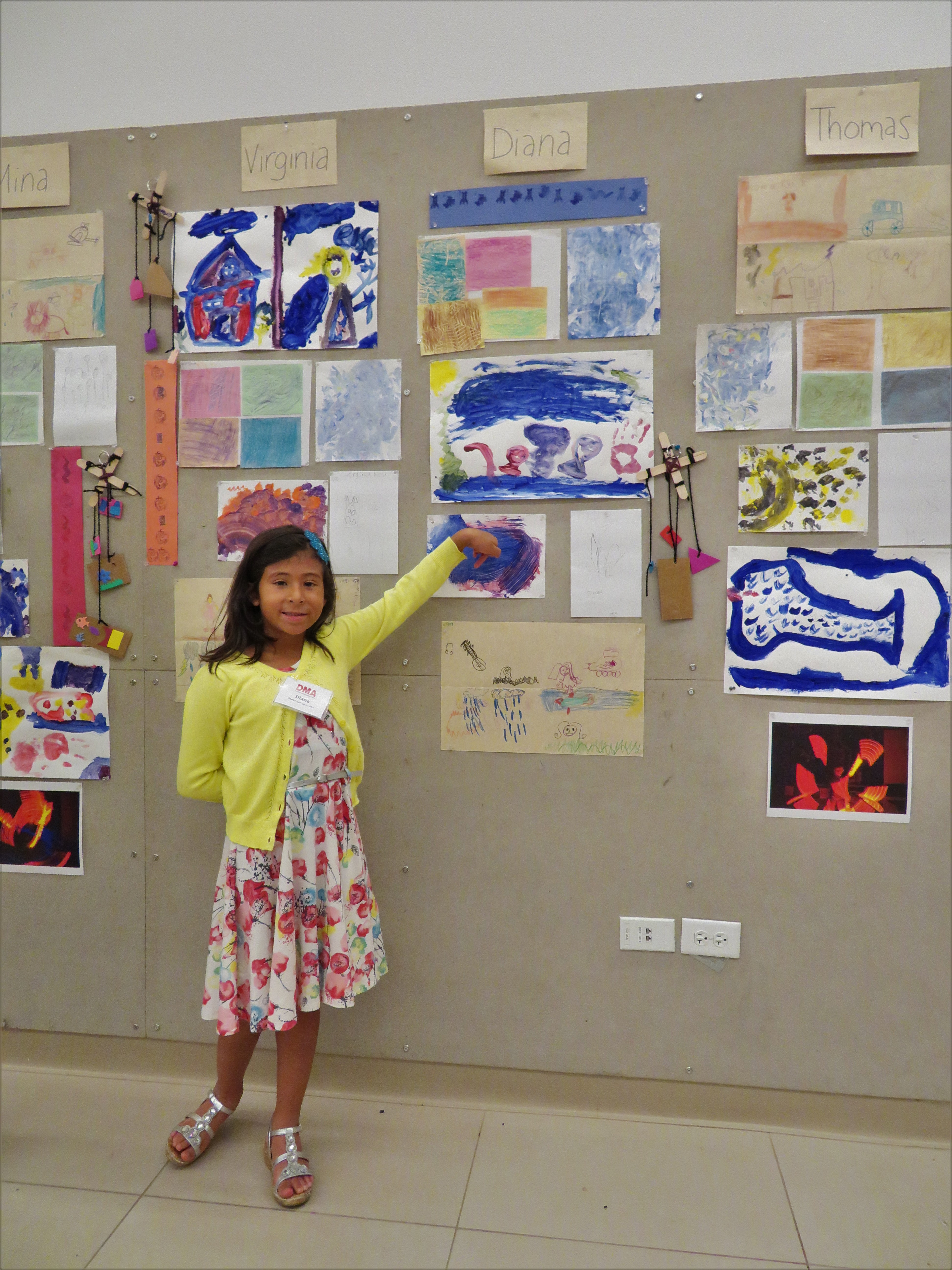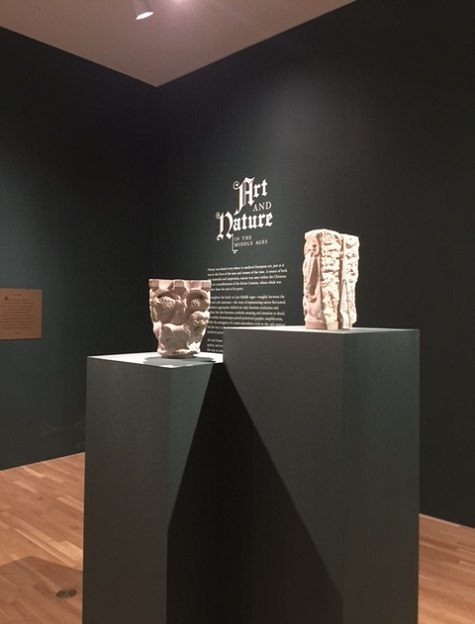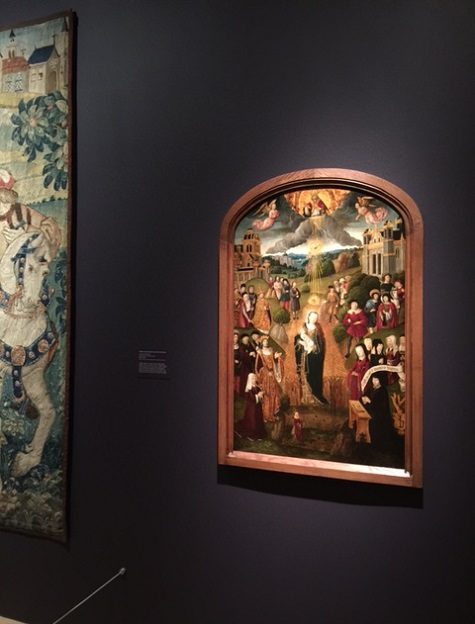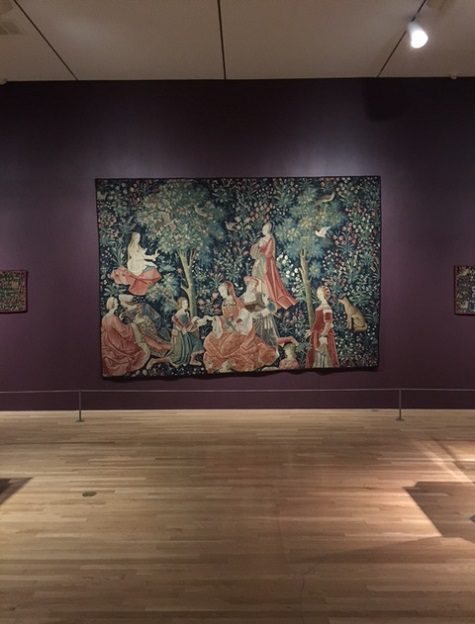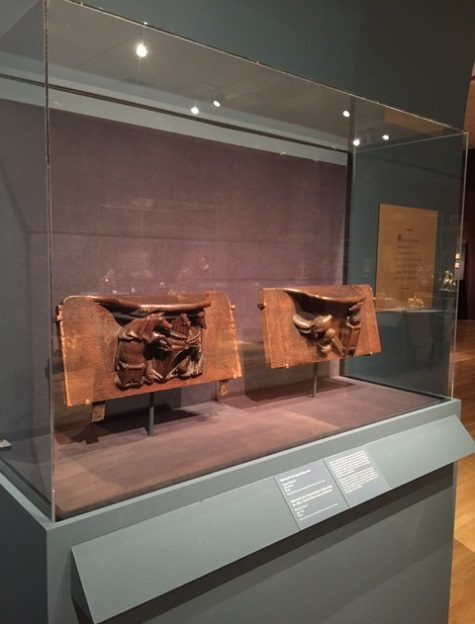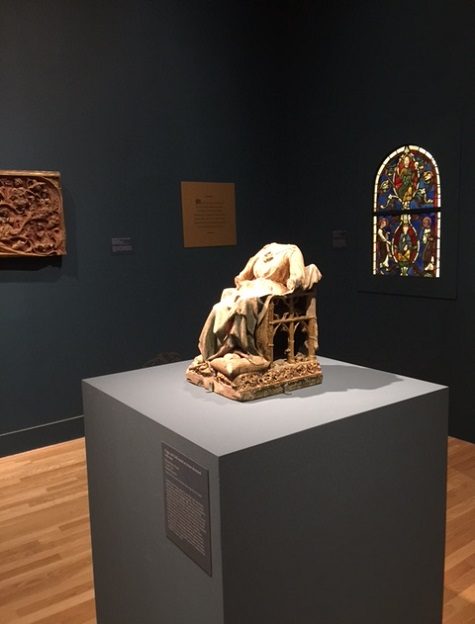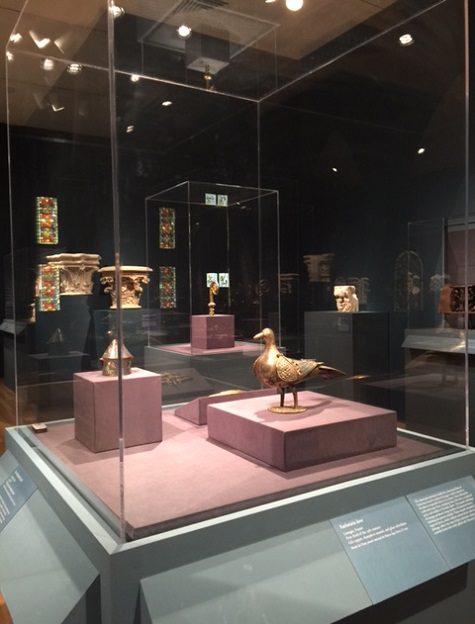Have you been caught in a bad romance? Had your heart broken? Then join us for Off the Wall on Thursday, February 9, to commiserate with all of us that have been Shot Through the Heart!
Forget finding your soul mate; instead find your perfect art match as you speed date through the Museum, completing fun activities at six different stops in our galleries. To give you a head start in finding your perfect art match, we can share that one of the stops will feature Two Truths and a Lie. For this activity, you will choose a work of art and receive three statements about the object. You will have to figure out which statement is the lie. Here is one example:
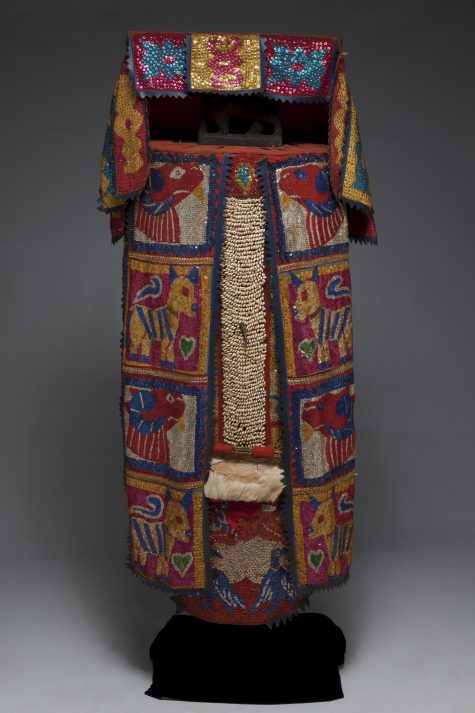
Engungun costume, Republic of Benin, Yoruba peoples, late 20th century, mixed media, Dallas Museum of Art, gift of Pace Primitive Gallery, New York, 2008.99.1
- The cowrie shell–embroidered face panel allows visibility, while “juju” elements attached beneath it provide supernatural protection during the performance.
- The chief priest of the Egungun masquerades invokes the spirit of the ancestors; when he does so, the rest of the worshippers’ dance movements and drums are possessed by the ancestral spirit.
- The Egungun festival is usually performed during the rainy months in Nigeria because it is believed that the rain helps the ancestors arrive more quickly.
Complete all six speed dating stops and you will receive a free beer or glass of wine in the DMA Cafe. While sipping your drink, learn that it could always be worse when you play a historical version of Marry, Date, Kill with portraits from our collection. Which one of these charmers would you want to keep forever?
Jean-Nicolas Billaud-Varenne was an instrumental figure in the Reign of Terror who hated foreigners, especially Marie Antoinette.
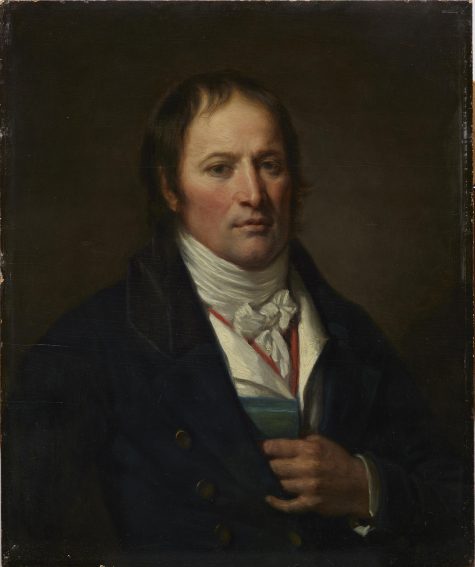
Jean-Baptiste Greuze, Portrait of Jean-Nicolas Billaud-Varenne, early 1790s, oil on panel, Dallas Museum of Art, anonymous gift, 1961.105
Edward Hyde was the worst governor of New Jersey and New York ever. EVER. He was also a cross-dresser, which had no impact on the quality of his governing.
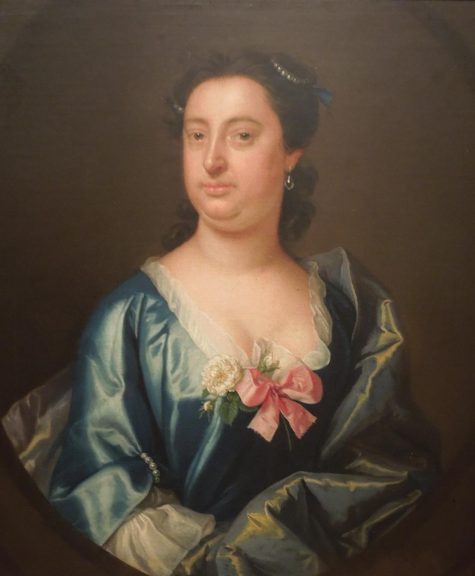
Artist unknown, Portrait of a Lady, Possibly Edward Hyde, Lord Cornbury in a Dress, c. 1705-50, oil on canvas, Dallas Museum of Art, gift of Alta Brenner in memory of her daughter Andrea Bernice Brenner-McMullen, 1992.47
Semiramis wanted to rule Assyria so badly that she kinda-sorta killed both of her husbands. #WhoRunTheWorld
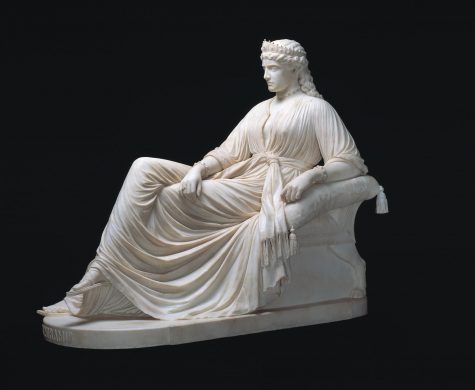
William Wetmore Story, Semiramis, designed 1872, carved 1873, marble, Dallas Museum of Art, gift of Morynne and Robert E. Motley in memory of Robert Earl Motley, Jr., 1972-1998
End your night with unlucky in love music classics like You Give Love a Bad Name, Shot Through the Heart, Bad Medicine, and other Bon Jovi classics performed by Blaze of Glory: the Bon Jovi Experience.
And if you’ve already found your soul mate, or you’re just starting to date that special someone, please also join us this Thursday, February 9, to prove that love does conquer all!
Stacey Lizotte is the Head of Adult Programming and Multimedia Services at the DMA.
Katie Cooke is the Manager of Adult Programming at the DMA.
Madeleine Fitzgerald is the Audience Relations Coordinator for Programming at the DMA.
